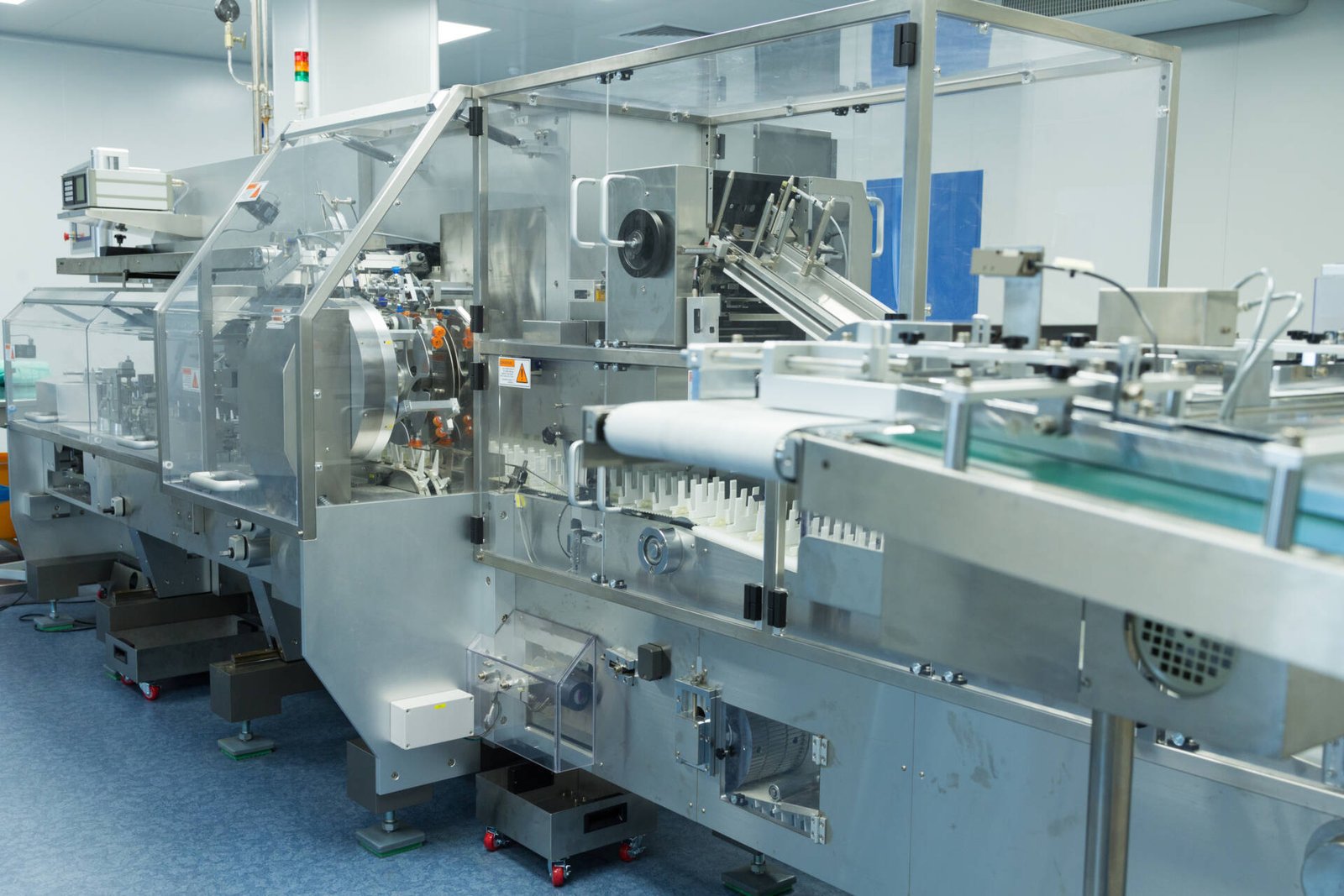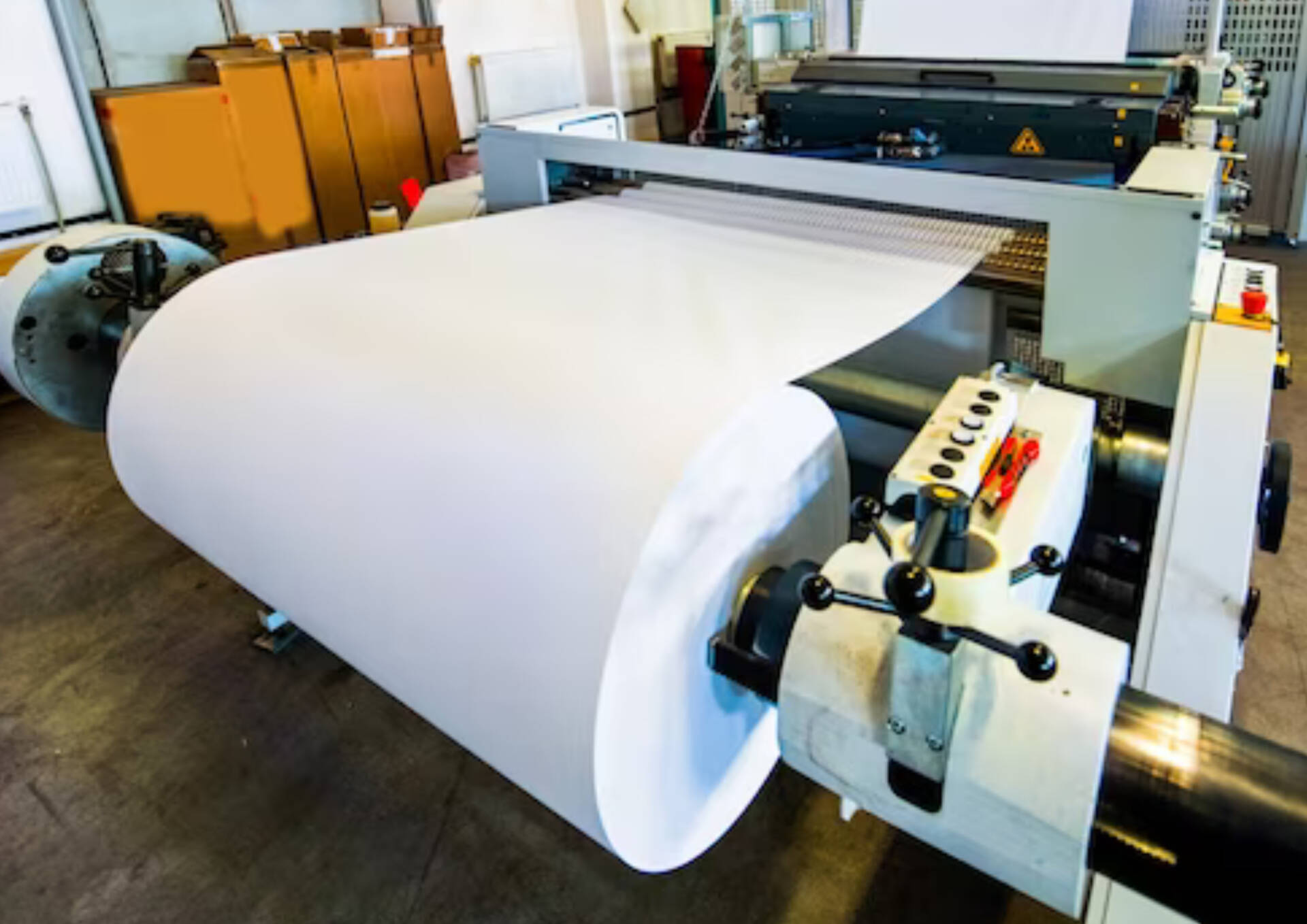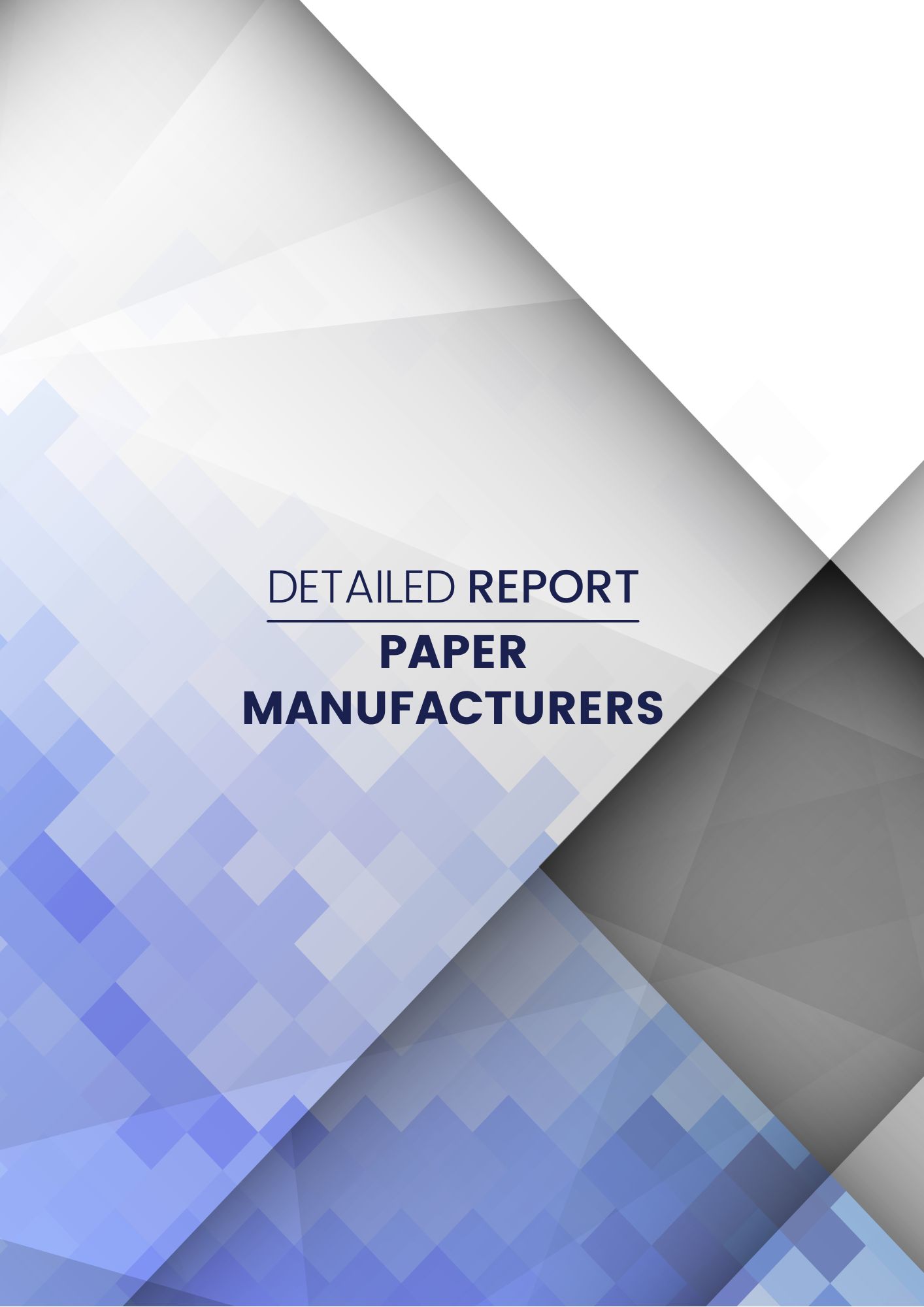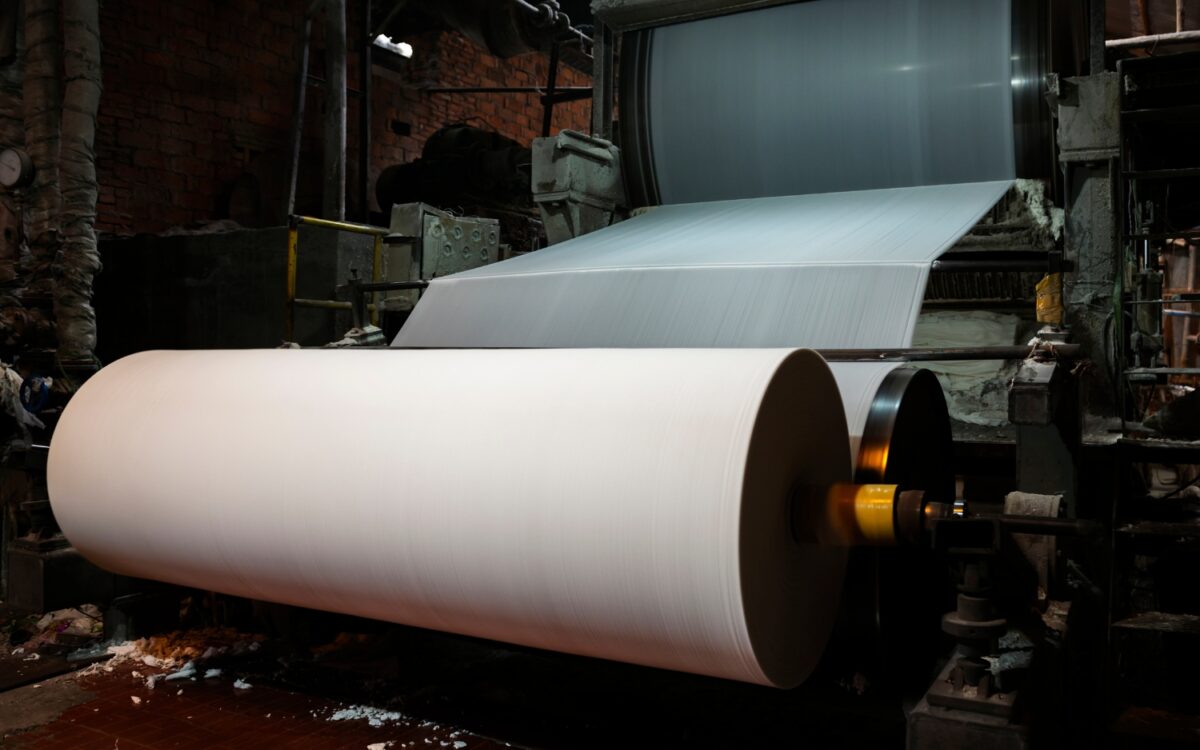Detailed Report On Paper Manufacturers
Paper manufacturers are industrial enterprises responsible for producing paper products. They use raw materials like wood pulp or recycled paper to create a diverse range of paper for writing, printing, packaging, and more.
Introduction

Detailed Report on Paper Manufacturers is as follows.
Paper production revolutionized the industrial landscape, playing an important part in information transfer, communication facilitation, and the general development of human civilization. Paper’s earliest incarnations, reaching back to ancient times, were produced from papyrus and parchment, and were primarily utilized for religious writings and significant scrolls. The paper manufacturing business is critical to the global economy since it serves as the basis for a variety of industries ranging from education and communication to packaging and printing. The goal of this article is to present a one-of-a-kind introduction to a forward-thinking paper production firm that tries to defy industry norms and embrace sustainability, efficiency, and technology advancements.
Paper manufacturing is the process of converting raw materials such as wood fiber, recycled fiber, and other components into paper goods. To transform raw materials into pulp, which is subsequently made into continuous sheets of paper, a number of mechanical, chemical, and other processes are utilized. Paper production typically involves several stages, including raw material preparation, pulping, refining, forming, pressing, drying, and finishing. Throughout each of these operations, the pulp mixture is subjected to a variety of treatments in order to enhance its properties like as strength, brightness, and printability, as well as to produce the final paper product.
Paper producers’ impact extended well beyond education and the arts, profoundly influencing governance, administration, and commerce. Paper currencies facilitated commerce and economic growth by simplifying transactions and reducing reliance on precious metals. Bureaucratic systems used paper for documentation and record-keeping, facilitating administrative operations and boosting governance abilities. The development of paper manufacture was important to the development of educational systems. Schools and libraries emerged as a result of the increased availability of books and other educational resources, facilitating study and research. As paper became a viable and economical medium for teaching and learning, literacy rates improved. The introduction of paper as a medium for education and communication led to major transformations in the intellectual and cultural landscapes of cultures.

Detailed Report Sample On Paper Manufacturers




Market Potential Of Paper Manufacturers
In 2021, the global pulp and paper market was valued at 351.53 billion US dollars, and it was expected to expand in value in 2022. The market is predicted to increase at a compound annual growth rate (CAGR) of 0.72 percent from 2022 to 2029, reaching a value of roughly 373 billion US dollars.
The pulp and paper business is the largest and most important forest-based industry in the world. The manufacture of paper has a substantial environmental impact. Paper making necessitates a substantial quantity of water, depending on mill efficiency, and consumes more water than other industries such as steel and gasoline. This industry ranks fourth in terms of energy use.
The indisputable advantages of pulp, paper, and packaging manufacturing, such as job generation, infrastructural enhancement, and economic growth, should not be underestimated. In contrast, the manufacture and consumption of unsustainable paper contributes to the destruction of natural ecosystems and deforestation. Paper manufacturers’ market potential remains tremendous, but in a rapidly changing industry. Several major factors are propelling the industry’s expansion. To begin, with the rising popularity of e-commerce and online shopping, the packaging business continues to be a major user of paper goods. As more businesses focus on environmentally friendly and recyclable packaging solutions, there is a growing need for environmentally friendly and recyclable paper goods, presenting opportunities for creative paper makers. The pulp and paper market includes divisions such as wrapping and packaging, publishing and writing, aseptic, news print, and others. The wrapping and packaging business is predicted to lead the worldwide market share in the next years due to the rising penetration of the e-commerce and retail sectors. Furthermore, rising demand for paper bags as a plastic bag alternative is likely to fuel industry development.
Contents of Project Report
A project report helps you identify whether a project is worth pursuing. It presents the holistic view and brings complete insight of the business and its activity.
It acts as a guide for all the business operations, aids in taking all financial decisions related to the existing businesses and to the start-ups. It serves as roadmap to the business and provides information to the outsider who are wanting to know more about the business.
You will have the opportunity to build new goals and expansion ideas in one single document. Everyone, from the banks to potential investors, will need to have a look at the project report before they shell out any money.
A well drafted project report generally consists details about:
- Brief History of the Business
- The Promoters
- SWOT Analysis
- Industry Outlook
- Past Financial Statements
- Projected Financial Statements
- Infrastructure and Human Resource required
- CMA data
- Business model
- Requirement of Working Capital Funds
- Means of Finance
Other relevant information, if any.
